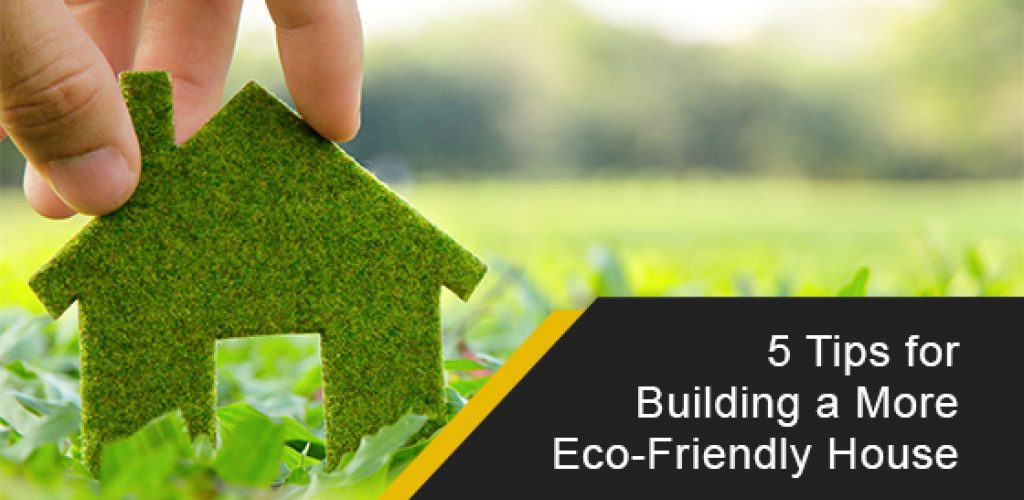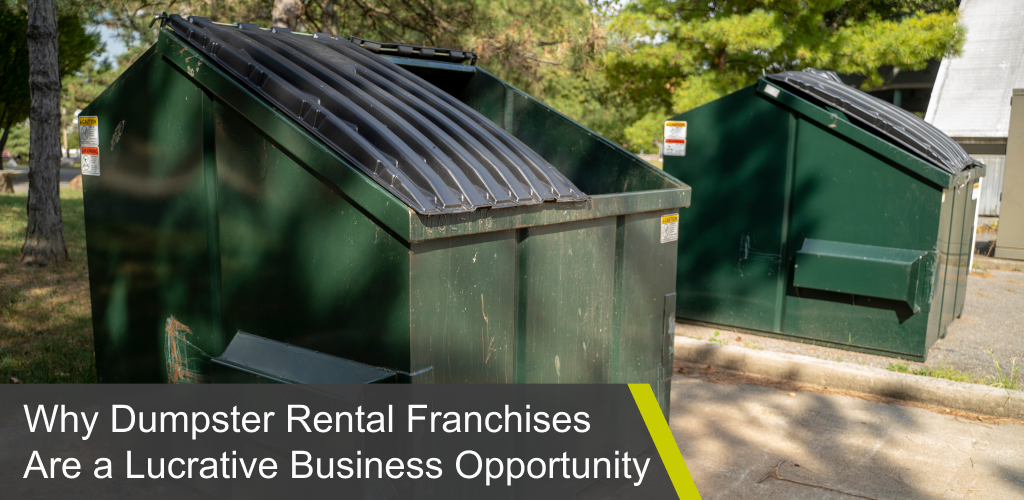5 Tips for Building a More Eco-Friendly House

Our homes are where we spend our lives and live out our days. But have you considered that your home could be more than just a vessel for activities? There is increasing awareness of the need for environmental sustainability to be factored into all aspects of our lives – and Toronto homeowners are no exception. By implementing practices like choosing sustainable materials, effective waste management and junk removal, you can create an eco-friendly house.
Not only is this an effective way to contribute towards saving the environment, but it will also save you significant dollars in the long run. Are you interested in learning innovative tips for building a more eco-friendly home? Keep reading to learn 5 tips for building a truly eco-friendly house.
1. Utilize alternative materials
We often think we need to build with standard materials like brick, stone and wood. While they make for sturdy components, there are other more sustainable options out there.
- Bamboo: Bamboo is a great renewable source because it’s such a fast-growing material. In addition, it’s solid and perfect for creating load-bearing walls and levels. Bonus: bamboo is a beautiful material that can act as a practical decoration for your new space.
- Recycled steel: Using recycled steel is more sustainable than buying new and also saves you energy costs during your building project.
- Straw: Straw has been used for centuries for building projects around the world. It’s an easily renewable source, cheap and is an effective insulator. It will keep your home warm in the winter and cool in the summer, thus contributing efficiently to energy savings as well.
When you’re working on a new build or renovating your existing home, consider using these materials.
2. Consider lighting
If you’re renovating your home, be sure to consider your light sources and how you’ll be powering them. The ideal way to light your home is to implement renewable energy sources such as solar panels or wind turbines. The Government of Canada also offers grants to homeowners purchasing alternative energy sources, making it a practical economic choice.
If the installation of solar panels and the like aren’t within your budget, an easy fix is to switch your old light bulbs with LED ones. LED lights last a lot longer than other lightbulbs – and also provide up to 40% energy savings compared to other bulbs.
3. Go small
This may seem counterintuitive, but adopt a ‘less is more’ approach to your project. A small home requires fewer materials, lower energy requirements, and less labour to construct. This can save you significant dollars in the long run and reduce your environmental impact.
The easiest way to do this is to plan your home from the get-go. Consider the square footage of your home and how many rooms you need to fit within that. Not only are tiny homes a growing trend, but they also help make your space minimalist and efficient in the long run.
4. Reuse, reuse, reuse
Always reuse where you can. Many people will buy materials, furniture and other items brand new. This often comes at a hefty cost, and it’s not environmentally efficient. Opt for recycled wood, plastic and glass where possible. This reduces reliance on non-renewable energy sources and helps upcycle existing items rather than leaving them to rot in a landfill.
Don’t buy into consumerism, you can find recycled building materials on various forums in Toronto so you can easily help the environment and save yourself a lot of money in the process.
5. Dispose of waste sustainably
It’s great that you’ve decided to build an eco-friendly home, but that means nothing if you don’t dispose of your waste in an eco-friendly manner too. Separating construction waste and debris is a must. When you’re looking for junk removal options in Toronto, look for companies that provide information on how they dispose of the items in the landfill. For example, at Gorilla Bins, we recycle 100% of the junk received. Scrap metal is sent to scrap dealers to be recycled, concrete is used for clean fill, and clean wood is used to generate biomass energy.
The way you dispose of your junk is as important as any other building practice. As you can see, waste materials can help the environment and reduce the demand for non-renewable sources.
There you have it – 5 ways you can build a more eco-friendly home. From using energy-efficient materials to considering how you’re disposing of your waste, there are many green practices you can start implementing today. The best part of using a sustainable approach is that it’s cheaper. So, since there’s no excuse to not bring eco-friendly habits into your building or renovation project, so be sure to start today!
If you’re looking for eco-friendly ways to dispose of construction debris and waste during your home building journey, reach out to Gorilla Bins. Our 100% recycling practices ensure that your home is contributing to a more sustainable environment.
To learn more about junk removal in Toronto, call Gorilla Bins today at 905-230-1300 or contact us here.













